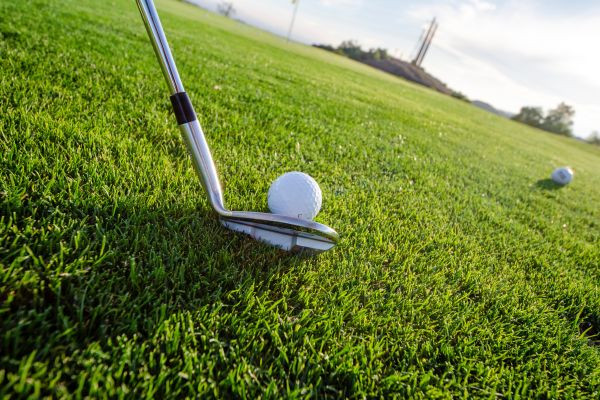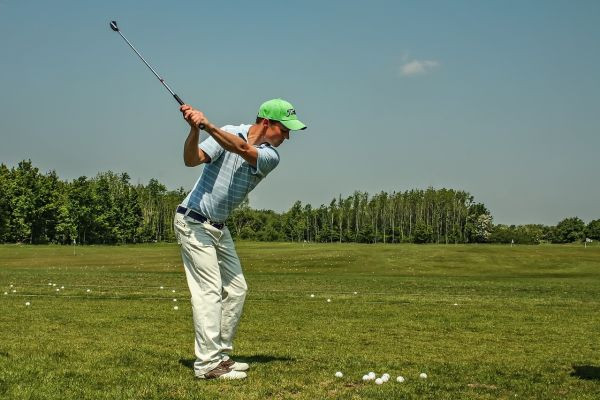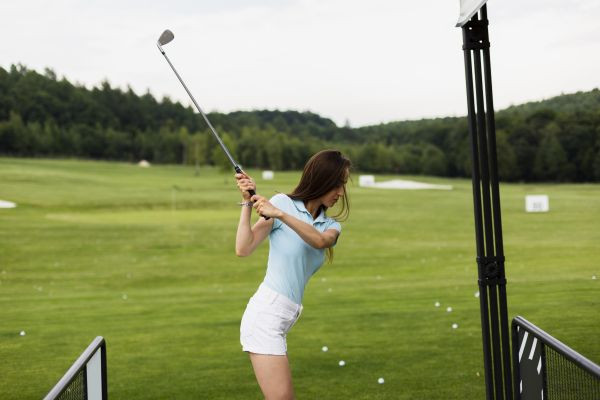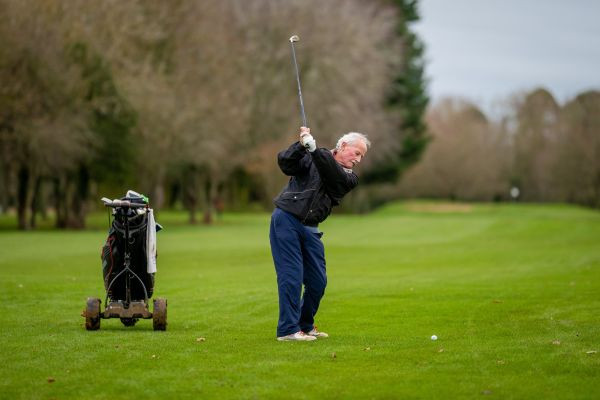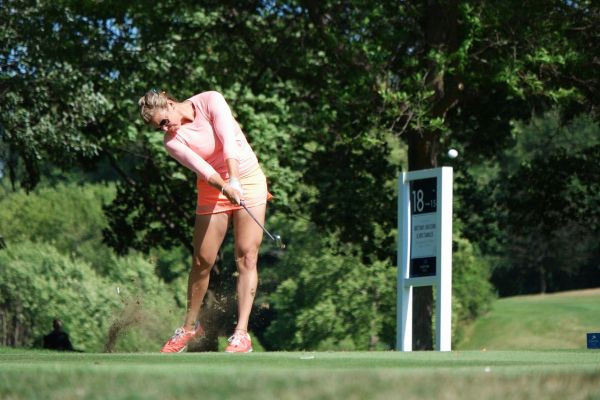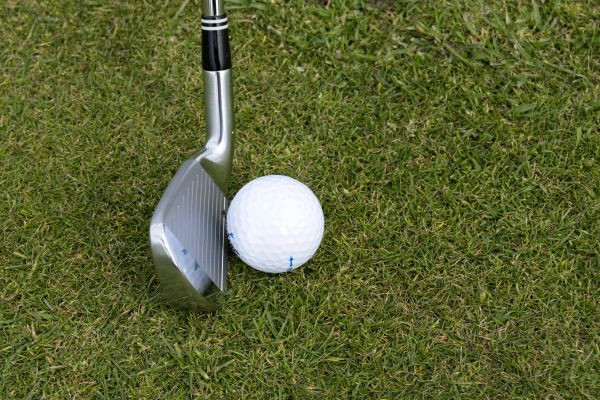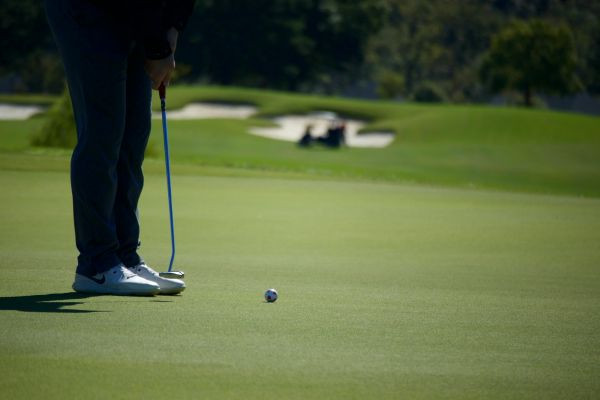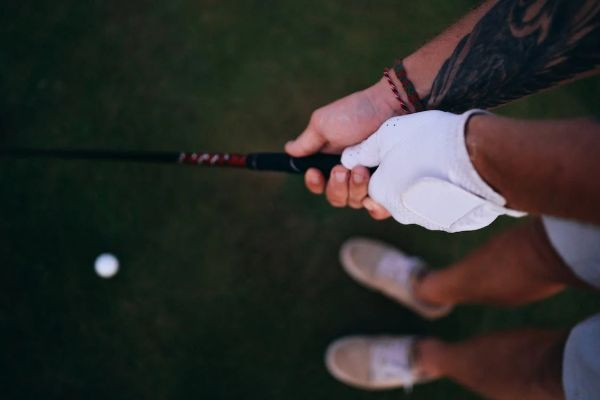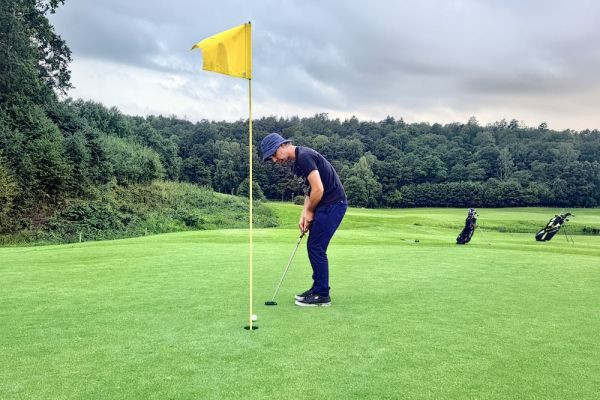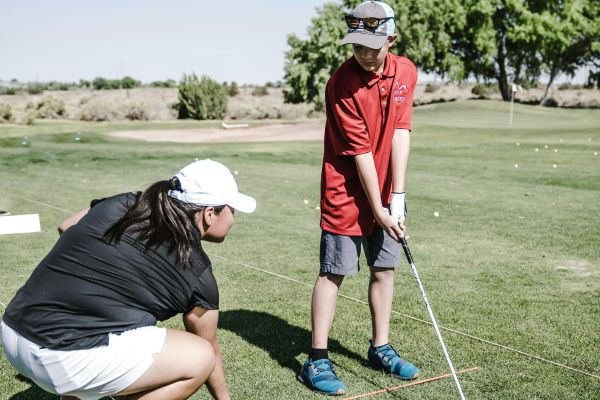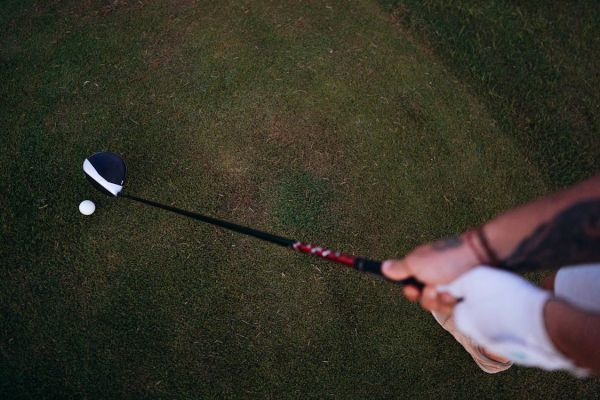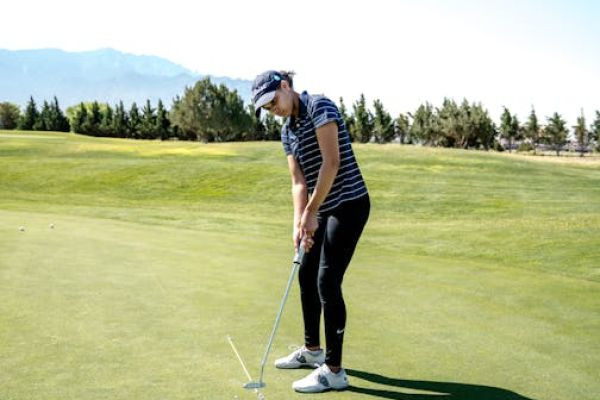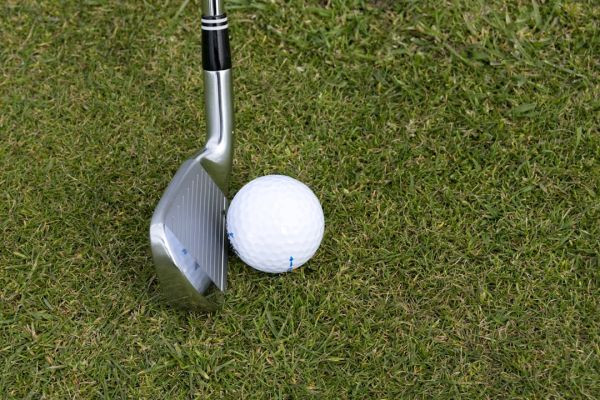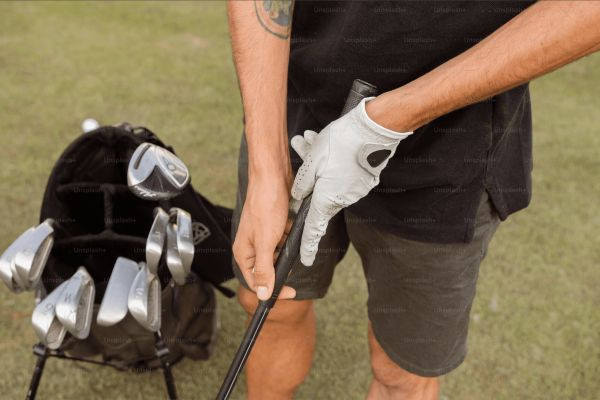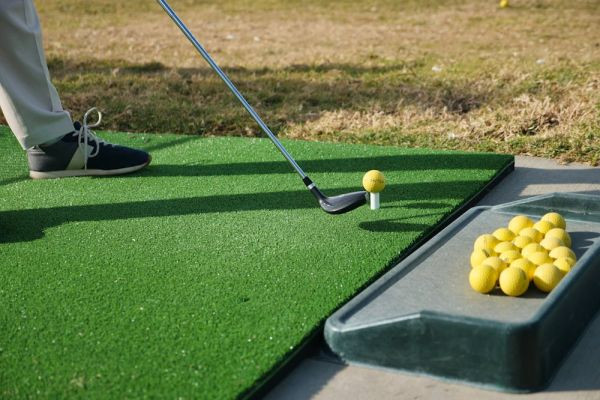Adjust Your Wedge Game: Learn the Clock Method for Distance Control
Enhancing your game is crucial, for improving your golf scores and scoring birdies. One useful strategy for achieving control over the distance with your wedges is known as the Clock Method. This tech..
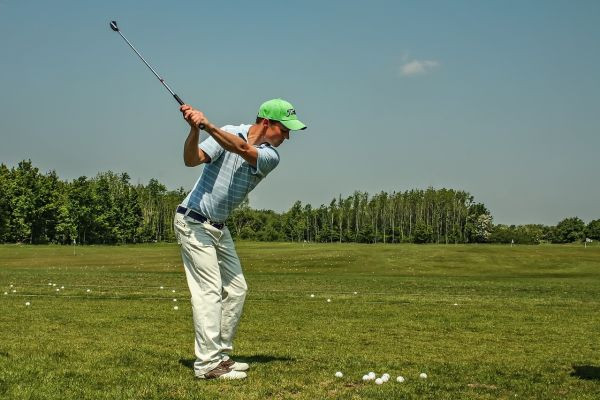
Enhancing your game is crucial, for improving your golf scores and scoring birdies. One useful strategy for achieving control over the distance with your wedges is known as the Clock Method. This technique simplifies the way you approach your wedge shots, aiding in pinpointing the distance and getting you closer to the hole. In this guide we will delve into the Clock Method covering everything from setting up your shot to mastering techniques.
The Basics of the Clock Method
The Clock Method involves a conceptual method of managing wedge distances. By visualizing a clock face with your arms acting as clock hands you can modify your swing length to regulate how far the ball travels. This technique is straightforward; arm positions during the backswing correspond to times on a clock—such as 7:30, 9:00 and 10:30—each representing distinct swing lengths and consequently different distances.
This approach provides advantages, including simplicity, consistency and versatility. It enables you to form a picture of your swing motion making it easier to reproduce the desired swing length consistently during gameplay.
By practicing these stances you can enhance your skills in using wedges effectively which is key to improving your golf game.
Understanding Your Wedge
Types of Wedges
Pitching Wedge (PW): with a loft between 44° and 49° the pitching wedge is a club suitable for full shots onto the green and longer chip shots. It serves as a transition between your irons and specialized wedges providing a balance of distance and loft crucial for approach shots.
Gap Wedge (GW): Positioned between the pitching wedge and sand wedge with lofts ranging from 50° to 53° the gap wedge fills the gap in distances that are too far for a SW and too short for a PW. It's particularly useful for those yardages where accuracy's vital.
Sand Wedge (SW): Primarily used for bunker play sand wedges come with lofts varying from 54° to 58°. Their broader soles help them slide through sand smoothly without getting stuck making them great not only for bunker shots but also for chipping pitching and full shots requiring more loft than a GW.
Lob Wedge (LW): Featuring lofts ranging from 59° to 64° the lob wedge specializes in arc shots. The lob wedge is your best bet when you want to navigate around obstacles, clear trees or make the ball land softly without rolling much. Getting the hang of using a wedge can help you approach pins with strategies in mind.
Loft and Distance
The relationship between the angle of your club’s face and how far the ball will travel is essential to find the right wedge for your short game. When wedges have a higher angle, the ball will launch higher and land softer on all types of turf and no other club can properly execute this action like a wedge. For example, when a professional golfer uses a lob wedge to hit the ball onto the green and ensure it stops within a few feet of its pitch mark, they should consider using a lob wedge with a higher bounce, as the ball will pop up and then stop instantly.
Setting Up for Success
The Right Stance
The foundation of a great swing is getting your position correct. For short shots using the Clock System, you will need your position a little less wide than for a complete iron shot. This allows a better handle of the club as well as a more precise approach. Set your feet at a shoulder-width interval (or almost), making sure that you create a pattern that is trustworthy yet flexible enough to assist your swing.
Grip and Posture
The way you hold the club greatly affects the eventual outcome of your shot. For the Clock System, approval is given to holding the club in a manner that is firm yet relaxed. Given the flexibility of the hold, there is a great probability of finally managing to control the grip during the shot itself, obtaining the swing length and the distance that you desire. In terms of form, Lean towards the front from the waist, so as to ensure that your back is straight but still able to move. This aspect better assists you in achieving a consistent swing, crucial for optimally placing your wedges in terms of distance.
The Swing Angles
The 7:30 Swing
Imagine this; as you swing back your arms create a line pointing towards 7;30 on a clock face. This position works well for shots that require accuracy. Opt for the 7;30 swing in situations where you need to fly the ball over an obstacle but have limited space on the green.
The 9:00 Swing
For medium range wedge shots bringing your arms back to a 9.00 position can give you the mix of height and distance. This swing length is versatile. Works for distances ranging from 50 to 75 yards. It's your go to swing for wedges when you're not too close but not far either.
The 10:30 Swing
When you need more distance than what a shorter swing offers but still want control, try out the 10:30 position. This longer controlled swing allows you to cover ground while maintaining the precision needed for wedge shots. It works best for those longer approach shots when you want the ball to come to a stop, on the green.
Rhythm and Tempo
Incorporating Sound Patterns
The tone of a golf swing isn't commonly discussed, yet it plays an essential role in the consistency and effectiveness of your shots, especially with wedges. The idea of utilizing sound patterns like "tick-tock" is more than a straightforward mnemonic; it's an essential guideline that lines up your physical development with a musical sound. This matching not just advances reliable swing movement but rather, also uplifts your emotional center, hushing up diversions and helping you focus on swing at hand.
Consider changing the sound patterns based on the distance of the shot. For shorter swings, a quicker "tick-tock" may be appropriate, while longer shots could benefit from a more drawn-out "tickkk-tockkk," signaling your body to execute a longer, more fluid movement.
Practicing the Right Tempo
Getting a sense of the pace goes beyond repetition; it involves being mindful and adaptable. Use a metronome app while practicing to establish a starting pace for your swing. Begin with a tempo. Make adjustments as needed to discover the perfect rhythm for each type of swing. Through practice with a metronome you can teach your body and mind to adopt this tempo making it automatic when you're out on the course.
Furthermore, visualize your swing in motion concentrating on each stage of the movement. This mental drill can help tune your pace ensuring that your physical performance aligns with your plan.
Advanced Tips and Tricks
Adjusting for Wind and Elevation
Wind and varying elevations can transform a wedge shot into a puzzle. Apart from adjusting by choosing a clock position, in windy conditions take into account the wind type (headwind, tailwind, crosswind) and adjust your target point accordingly. For uphill shots you might need to apply power in your swing to counteract the elevation impact on distance; whereas downhill shots call for finesse to avoid overshooting the green.
Try experimenting with ball positions, in your stance to observe how they impact the trajectory and distance of your shots under conditions. Placing the ball back in your stance can help you keep the ball flight lower when it's windy while positioning it forward might work better for uphill shots.
When to Use Each Swing Angle
Knowing when to use each swing angle is key. For example a 7;30 swing could be just right for a shot over a bunker with space whereas a 9;00 swing might be ideal for a standard approach from the fairway. If you need that distance and precision of a wedge consider using the 10;30 swing.
Practice scenarios where each swing angle could come into play factoring in variables like lie quality, wind direction and green speed. By simulating these situations during practice sessions you'll be better equipped to make decisions on the course.
Common Mistakes to Avoid
Overswinging
Avoid mistakes like overswinging. While hitting with power may seem appealing after an off target shot, remember that finesse is crucial, in wedge play. Practicing shots, with the goal of reaching the desired distance with minimal effort can help enhance both accuracy and your overall connection with the ball.
Incorrect Posture
Maintaining the posture is essential for a swing. Strengthening your core and back through exercises that boost flexibility can greatly contribute to a posture during your swing. Activities like yoga and Pilates are particularly helpful for golfers aiming to refine their posture and swing mechanics.
Ignoring Environmental Factors
Becoming skilled at using wedges involves understanding and environmental factors. Take note of how different types of grass impact your shots and how moisture levels affect distance. How varying playing conditions throughout the day can influence your game. Adapting to these elements can transform challenges into advantages on the golf course.
Practice Makes Perfect
In mastering the Clock Method success lies not in hitting balls but in practicing with specific goals in mind.
One useful exercise is the "progressive distance challenge," where you begin by aiming at the target using a swing, at 7;30 and gradually progress to targets adjusting your swing to the 9;00 and then 10;30 positions. This exercise helps refine your control over distances and enhances your ability to transition smoothly between swing angles.
Another practice involves setting up obstacles, such as a bunker or water hazard between yourself and the target to replicate real course scenarios prompting you to adapt your swing and tactics
A crucial aspect of enhancing your wedge game is tracking your development. Utilize a golf application or a basic notebook to document the results of your practice sessions. Record details like the club used, swing angle, achieved distance and any external factors that may have influenced the shot. This record will not only display your progress over time but also assist in recognizing trends or habits in your gameplay that require focus.
Conclusion
Mastery of wedge play is vital for achieving lower scores in golf with the Clock Method providing an efficient approach for attaining precise distance control. Understanding the fundamentals of this method, honing your stance, perfecting your swing angles and finding the tempo while steering clear of errors can lead to a noticeable enhancement in your performance on the golf course. Consistency is crucial so investing time in practice and refining your technique is essential. With patience and determination you'll find yourself getting those wedges closer to the pin and witnessing a drop in your scores.
Frequently Asked Questions (FAQs)
How long does it take to see improvements using the Clock Method?
Most golfers start seeing improvements in their wedge play within a weeks of training. The key lies in focused practice sessions where attention is paid to swing angles, tempo and follow through.
Can the Clock Method be used with any wedge?
Absolutely, the Clock Method is versatile and effective with all kinds of wedges ranging from pitching to wedges. This technique enables you to adapt for various distances and shot types making it a versatile tool in your golfing arsenal.
Is the Clock Method suitable for beginners?
Yes, beginners will find the Clock Method highly beneficial as it provides an approach to mastering distance control—an aspect for those new to the game.
How can I adjust the Clock Method for strong winds?
When it's windy try adjusting your swing to a position on the clock for better control. Using a club with a higher trajectory can also help reduce the wind's effect making your shots more predictable.
What's the best way to practice the Clock Method?
It's best to practice at a driving range that has distance markers. placing targets at various distances. Practice various swing angles to improve your control and accuracy, for each distance.




